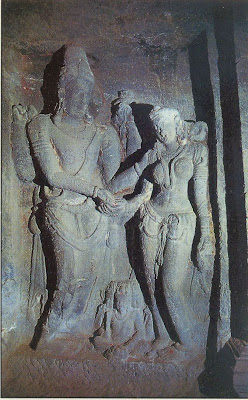Iguazu Falls
Iguassu Falls, “an ocean plunging into an abyss” on the border between Argentina and Brazil. The waterfall system consists of 275 falls along 2.7 kilometers (1.67 miles) of the Iguassu River. Position is at latitude (DMS): 25° 40' 60 S, longitude (DMS): 54° 25' 60 W . Some of the individual falls are up to 82 meters (269 ft) in height, though the majority are about 64 metres (210 ft). The Garganta del Diablo (Devil's Throat; Garganta do Diabo in Portuguese), a U-shaped 82-meter-high, 150-meter-wide and 700-meter-long (490 by 2300 feet) cliff, is the most impressive of all, and marks the border between Argentina and Brazil. Two thirds of the falls are within Argentine territory. [1] About 900 metres of the 2.7-kilometer length does not have water flowing over it. The edge of the basalt cap recedes only 3 mm per year. The water of the lower Iguassu collects in a canyon that drains into the Parana River in Argentina, shortly downstream from the Itaipu dam.



